The people belong to the commons, which is the land. This old idea comes to Canada from England. The English got it from the Norse. Originally, it was a concept called the Tun, which was an open air building situated between other buildings in a farm yard. It took a variety of shapes, from rows …
… to squares …
 Trondelag, Norway Source
Trondelag, Norway Source
… and was a common space of mutual work that united the buildings into a space larger than them all, and into which goods transported to and from the farm could be converted into new forms. It is no accident that this word, ‘tun’, survives in German as the verb ‘to act’ or ‘to do’, and in English as the verb to do, especially in its forms ‘doing’ and ‘done.’ English is essentially Old Norse spoken with a bad accent and a lot of slang, and is built around this idea of a common space used by all and owned by none, in which creativity and transformation takes place. By transformation, I mean such acts as threshing grain, slaughtering animals, loading goods for transport, and all of their modern counterparts. It is here that money was created out of the farm, and this was the point of interface between the work men did with the earth and the work they did within human society. That’s a pretty powerful place, especially for a place with no defined shape. This concept lies at the heart of my essay Land for the People, which forms the 4th Annual Haig Brown Memorial Lecture in Environmental Writing.
 A Tun in Denmark
A Tun in Denmark
It was in such spaces that a dung heap was located, the material for fertilizing or enriching fields and creating future wealth. This “dung” or manure is profoundly linked to the idea of a “tun”. It forms the basis of economy. Even when you leave the farm and its processes far behind, this idea of a creative common space remains deeply embedded in English. That is largely because English is the language of British women and their children, who adapted first to Norse invaders, then to Anglo Saxon ones, and then to the French. Each group brought a different language and a different sense of spiritual energy, none of which integrated wholly with the others. The result is a language in three layers, which survives through talk, or parlay, or parlance, or a parliament, a speaking house in which language is returned to the touchstone of the tun and governance is conducted through talk.
The Canadian Dung Heap
Unfortunately, modern politicians are managers, not talkers. They do not believe in common space, or in using the language of common space. They believe in management and statistics. To them, this building represents a management. Here’s a thought before I talk about the three levels of language that come together in English to create the language as a flexible tun: a people who are a commons are not a statistical average. Such a commons is all the people. They are listened to as the primary source of law, not as its consumers or petitioners. Since that is obviously not the case in Canada, what power, then does the commons have? My answer in the lecture, and as I will introduce tomorrow, is both very little and very much: very little if we do not repair our institutions of speech; a great deal if we do. To carry you over until then, here’s an image from Iceland. First, a kind of natural tun on the land, or an elf house. These are buildings without human form, walls or doors and yet which create points of interface between humans, their subconscious minds, and the earth. You can’t build on an elf house in Iceland, because it is already occupied, but you can build a playground on it …
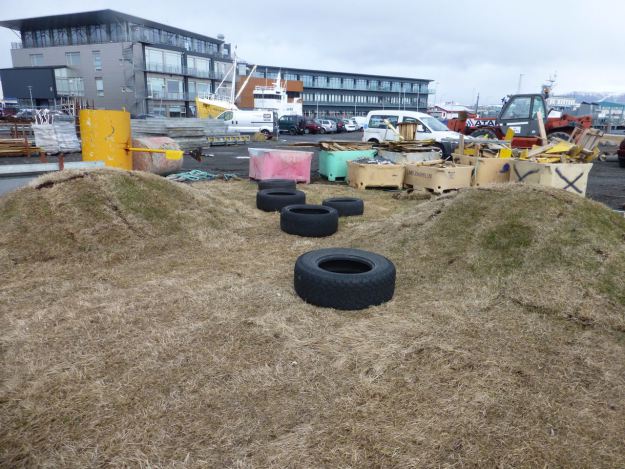 Impromptu Playground, Reykjavik Harbour
Impromptu Playground, Reykjavik Harbour
Playgrounds are so commonly bound with elf villages, that ones that aren’t are built in their form. We have a language with the same creative power. In its original, magical form, it is called Icelandic. In its transformed version, it is called English. Tomorrow I will show you how that language is itself a parliament, and how its conversations create a healthy commons, which means a healthy people. I hope you will be able to read the entire lecture. Copies of it are available from the Campbell River Community Arts Council. You can get one from me as well. Take care. Talk to you tomorrow.


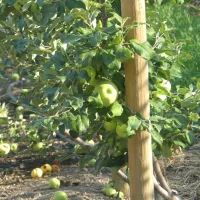
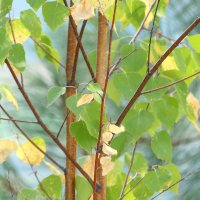

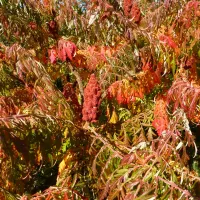


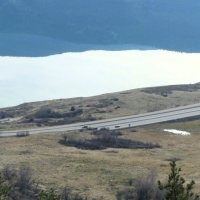
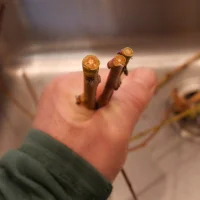
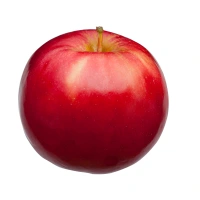
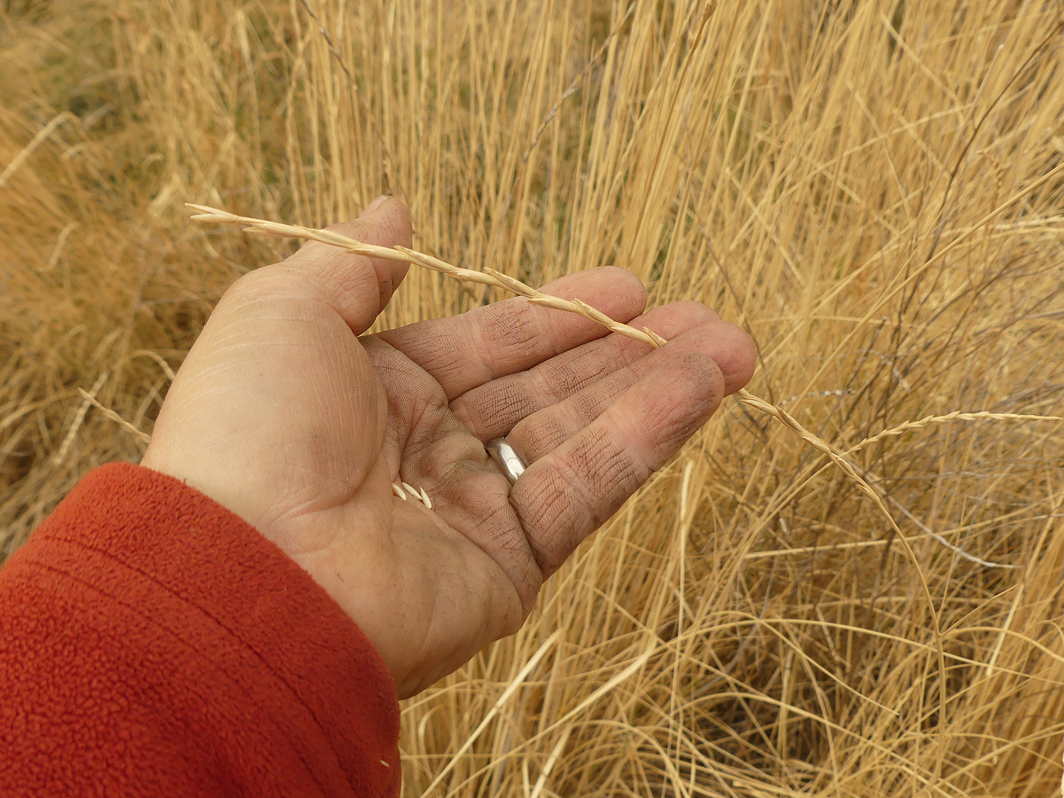




Fascinating, as usual, Harold.
Happy Thanksgiving!
LikeLike